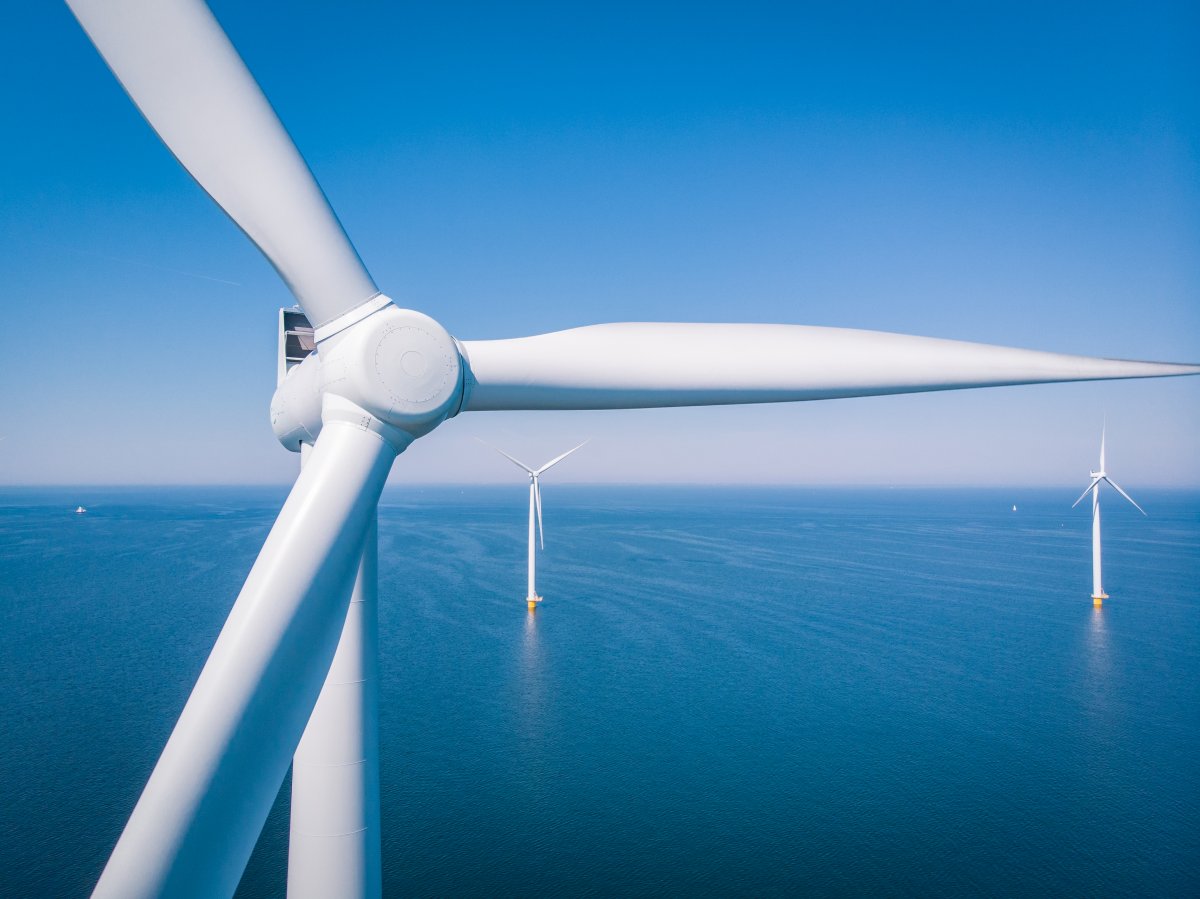Wind turbines are vital to combating climate change. But when they reach the end of their lifespan, rotor blades create a lot of waste. New research published in the journal Nature shows how to build a more sustainable infrastructure. They show a chemical way to recycle the main components of wind turbine blades and gently recover glass fiber components.
The rotor blades of wind turbines are extremely robust. In the best case, they last for decades and during this time they often rotate up to 30 times per minute. But when it comes time to decommission a wind turbine, its strength can become a weakness, making recycling difficult. And by 2050, up to 43 million tons of rotor blades could be retired.
The strength of rotor blades becomes a weakness
Wind turbine blades are made from a strong plastic called epoxy. Because of the chemical bonds formed when the material solidifies, it cannot be melted and pressed into a new shape like the plastic that plastic bottles are made of. In addition, glass fibers are added to the resin to increase strength. This type of reinforced material — glass-reinforced plastic, or more commonly called fiberglass — is commonly used for airplane wings and boats.
“Because these materials are so durable, there is currently no technology suitable for recycling them,” says Alexander Ahrens, a postdoctoral researcher at Aarhus University in Denmark and lead author of the new study. “We need sustainable energy, but we also need to consider waste and find solutions for it.”
Heat rotor blades to 160 degrees Celsius
While there are some methods of breaking down fiberglass, these methods typically render the epoxy portion unusable and often damage the fiberglass as well. The researchers in Aarhus wanted to develop a method that is so gentle that the main components can be reused.
They stumbled upon a solution that targets the chemical bonds that hold the plastic in place and “eats it up like Pac-Man — it eats up the epoxy and releases the glass fibers,” says Troels Skrydstrup, a chemistry professor in Aarhus, who also states was involved in the study.
To decompose the epoxy materials, the researchers immersed them in a mixture of solvents and added a catalyst that accelerated the chemical reaction. They heated everything to 160 degrees Celsius for between 16 hours and several days until the target material was completely degraded.
After the first tests, the researchers used this method to crush a piece of a wind turbine blade about 2.5 centimeters in size. After six days, the result was nearly pristine fiberglass (and a supporting sheet metal that runs through most turbine blades) and other ingredients that can be reused in new materials.
Approach to recover fiberglass
This is the first time scientists have been able to break open a glass-reinforced plastic to recover both the building blocks of the plastic and the glass fibers it contains without damaging either, says Skrydstrup.
Rotor blades are not just a few centimeters long, but up to a hundred meters. It could therefore be difficult to scale up the process to recycle the millions of tons of wind turbines that will be phased out over the next few decades. “I think it’s important that we have a proof of concept that could inspire others to go in this direction,” says Skrydstrup.
Chemical recycling on an industrial scale
Julie Rorrer, a professor at the University of Washington who studies chemical recycling, agrees. The approach is exciting because the Danish researchers have shown that the process works with real waste. The next step would be to find out how this could work on an industrial scale. Or to determine what would need to be adjusted so that the process would be fast and efficient enough to be economical.
A possible obstacle to commercial operation is that the catalyst used in the researchers’ recycling method relies on an expensive metal called ruthenium. Researchers consumed much of this metal, and while it is not consumed during the reaction, it could be difficult to recover and reuse.
There may be other methods that are more suitable for industrial blade recycling. Troels Skrydstrup’s laboratory has developed a second method that also dismantles turbine blades and which wind turbine manufacturer Vestas pointed out earlier this year.
According to Skrydstrup, it’s a two-part process that might be better done on a commercial scale. There are no details yet as the team is currently working on submitting the results to scientific journals.
As Julie Rorrer says, there is currently a real boom in research into new recycling options. And with good reason: “There are valuable things in the garbage”.

(jl)
